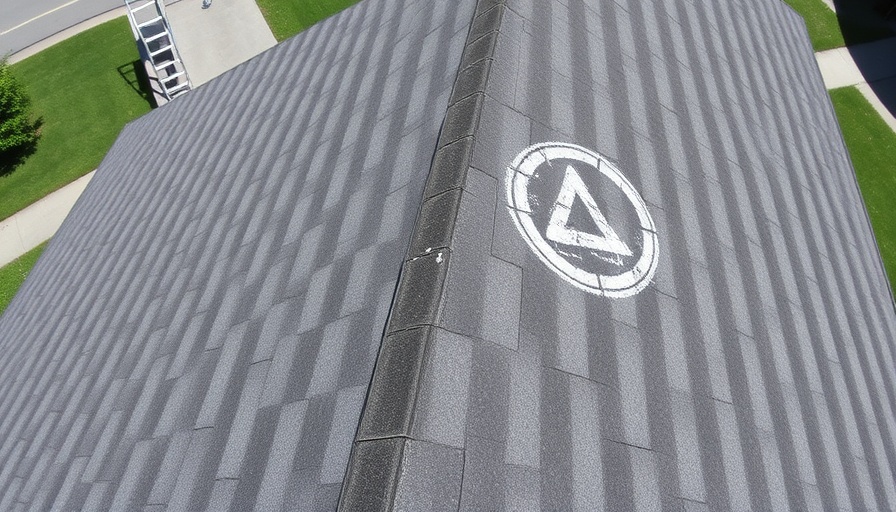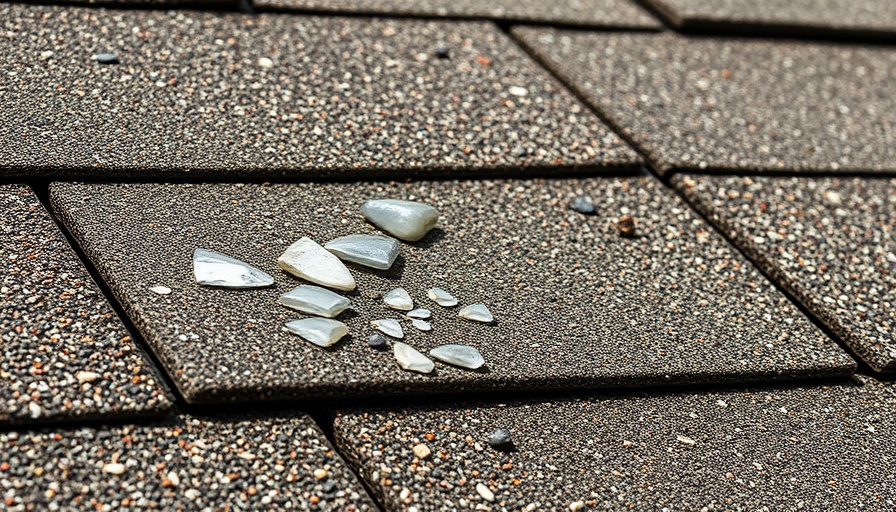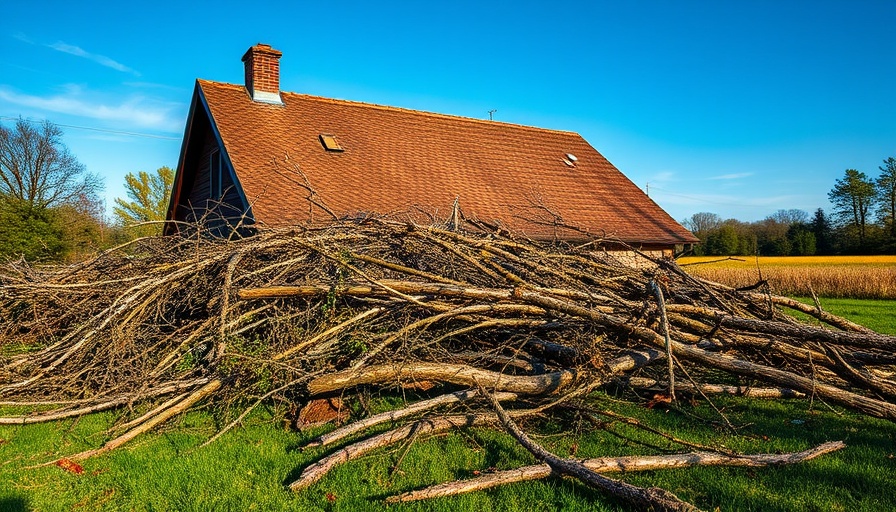
Understanding Common Causes of Roof Storm Damage
With changing climate patterns and increasing instances of severe weather, homeowners must remain vigilant about storm damage to their roofs. Various weather events can wreak havoc on roof structures, leading to potentially costly repairs. Understanding the top causes of storm damage can empower homeowners to take proactive measures to safeguard their homes.
1. The Impact of Hail on Roofing
Hailstorms are notorious for causing significant damage to roofs. The impact from hail can create bruises on shingles, which may not be visible immediately but can lead to leaks and structural issues if left unchecked. Homeowners are encouraged to conduct visual inspections or hire professionals to identify hail damage after a storm. Additionally, filing roofing insurance claims promptly can aid in obtaining necessary repairs and replacements.
2. Windstorm Complications: A Silent Threat
Many homeowners underestimate the damage that high winds can inflict on roofing. Wind can tear shingles off or cause them to curl, presenting a risk for further damage. It's essential to recognize that the average shingle isn't designed to withstand extreme gusts. Investing in wind-resistant shingles like GAF Timberline® HDZ™ can significantly enhance a roof's durability. This investment not only prevents immediate damage but also prolongs the life span of your roofing system.
3. Tornado Catastrophes: When Nature Strikes
Tornadoes pose one of the most severe threats to residential roofing. Wind speeds can exceed 200 mph, ripping shingles away and causing catastrophic structural damage. In addition, debris such as tree branches can fall on roofs, exacerbating the destruction. Homeowners in tornado-prone areas should consider installing more robust roofing materials and implementing landscape strategies to mitigate the risk of property damage.
Proactive Homeowner Strategies Against Storm Damage
Homeowners can significantly reduce the frequency and severity of storm damage by opting for impact-resistant roofing materials. Specifically, choosing Class 4 impact-resistant shingles, certified by Underwriters Laboratory, can provide better protection against hail damage. These shingles, such as GAF Glenwood® and Timberline® AS II, have been designed to withstand extreme weather, reducing the likelihood of emergency repairs and contingencies.
Choosing Wind-Resistant Shingles for Longevity
For homeowners, especially those in regions prone to high winds, selecting the right shingles is crucial. GAF Timberline® HDZ™ shingles, specifically designed with a larger nailing area, are less likely to pull up during intense storms. Aside from extending the roof's life, durable shingles can minimize insurance claims, reducing overall costs for homeowners.
Final Thoughts: Why Roofing Matters
A well-maintained roof protects the integrity of a home, safeguarding interiors against leaks and damage. Homeowners are urged to recognize the importance of timely inspections and repairs. While it may be tempting to ignore minor issues, doing so can lead to costly consequences down the line.
Call to Action: Evaluate Your Roofing Today!
If you suspect your roof may have storm damage or you’re due for an replacement or upgrade, don’t hesitate to reach out for a comprehensive evaluation. Get a complimentary estimate from local experts who can guide you towards the best solutions for durability against harsh weather. Whether you're considering window replacement options in Charlotte or enhancing your home's overall resilience, acting promptly will save you time and money.
 Add Row
Add Row  Add
Add 




Write A Comment